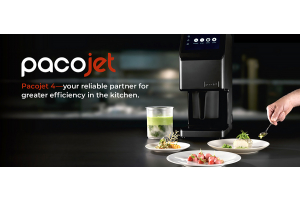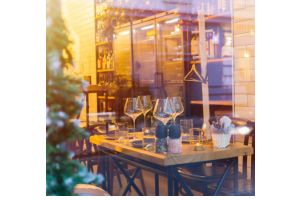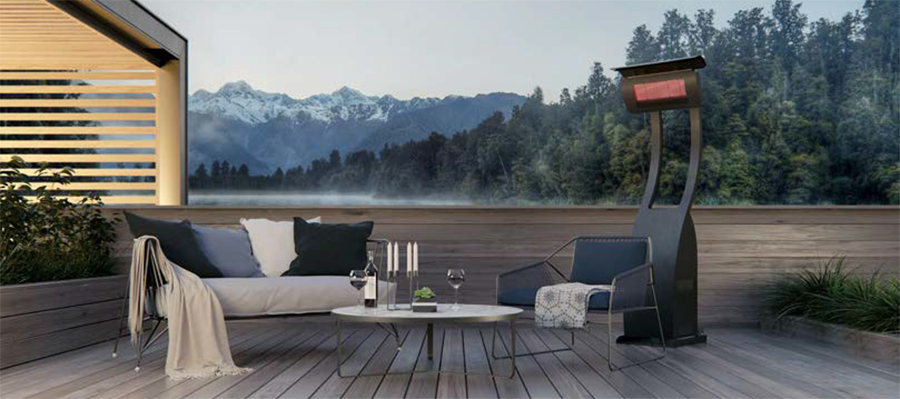
Outdoor Heating Guide
A well-designed outdoor heating solution can extend the outdoor dining experience year-round by providing an added element of warmth and comfort. Un-informed designers might rely on firepits or fire rings as a main source of heat. While these elements might be visually appealing, firepits or other fire features do not provide sufficient heating. The use of engineered outdoor heaters are necessary to keep the outdoor entertainment space usable all year long.
Commercial clients such as restaurants, hotel rooftop bars, outdoor co-working spaces, cruise ships, yachts, casinos and others with outdoor areas look to capitalise on these areas by creating comfortable and efficient heating systems that encourage extended social interaction year round.
UNDERSTANDING THE CHALLENGES
Since an outdoor area is not a confined space by walls and roof structure, forced air systems are not effective in controlling the ambient temperature. In an outdoor environment, hot air rises and quickly dissipates. Even the slightest breeze will diminish the effect of heating system, making a forced air heating system impossible to use effectively for outdoor spaces. You cannot thermostatically control outdoor heating.
THE SOLUTION
The only way to heat an outdoor area is through radiant heat. Radiant heat warms objects, not the air, similar to the experience of the sun warming your skin. Because radiant heat focuses on objects and not air, radiant heaters are wind resistant and can still warm people even in mild wind conditions. This method involves projecting infrared heat radiation onto people rather than moving warm air into the outdoor patio. Radiant heating is the foundation for all Bromic heaters. When properly specified, Bromic can heat any outdoor space more effectively than many of our competitors because of this principle.
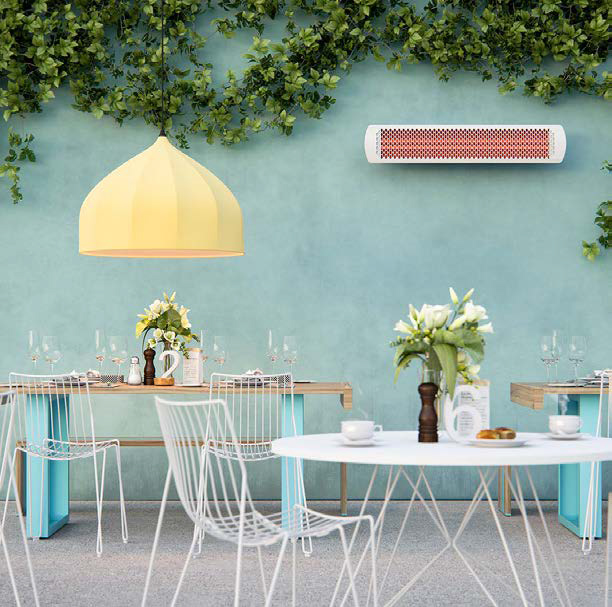
STEP 1: DEFINE YOUR OUTDOOR SPACE
Outdoor areas are defined as being least 30% open (front, back or side walls). If a outside area is partially covered, then it can capture heat inside the structure, also known as a heat cloud, creating a convectional heating effect. Understanding the structure in design and engineering helps dictate the type and amount of heating required.
Considerations to be aware of:
• Seasonal changes in your geography
• Proximity to water
• Proximity to air flow or wind direction
• New or existing construction
• Building Codes
• Clearances
• Energy sources
STEP 2: UNDERSTANDING THE TYPES OF HEAT
Manipulating direction of heat is a critical factor in designing your outdoor heating solution. The most effective heaters use directional heating elements for efficient energy usage and to avoid over-heating guests.
|
DIRECTIONAL HEAT Direct heat is a mixture of short and medium wave technology, which produces the highest levels of efficiency. |
Directional heat implies that the majority of the heat produced is pushed in one direction, allowing for better heat coverage. |
|
NON- DIRECTIONAL HEAT This is a mixture of medium and long wave technology. Indirect heat does not produce a high radiant heat property, so it has lower efficiency levels, and is more susceptible to wind and external factors. Heaters using indirect heat have a slower heat up time than direct heaters. |
Non-Directional heat pushes the warmth evenly in all directions. |
Outdoor heaters utilise one of two different methods to transfer thermal energy:
1 CONVENTIONAL HEAT Emits hot air that mixes with ambient air to raise the average temperature of an area.
2 INFRARED HEAT Heats target objects themselves as they come into contact with waves of infrared light. Note: Infrared radiant heat is considered the most effective and energy efficient heat source for outdoor areas. This factors into green energy and sustainable design considerations.
STEP 3: ELECTRIC OR GAS?
When it comes to powering your heaters, there are three traditional types of fuels: Natural Gas, Liquid Propane (Portable), and Electric. While each fuel has its respective pros & cons, here are four main factors to consider:
1. Space confinement and design
2. Availability of utilities
3. Cost of operations
4. Environmental Considerations
RECOMMENDED APPLICATIONS REFERENCE GUIDE
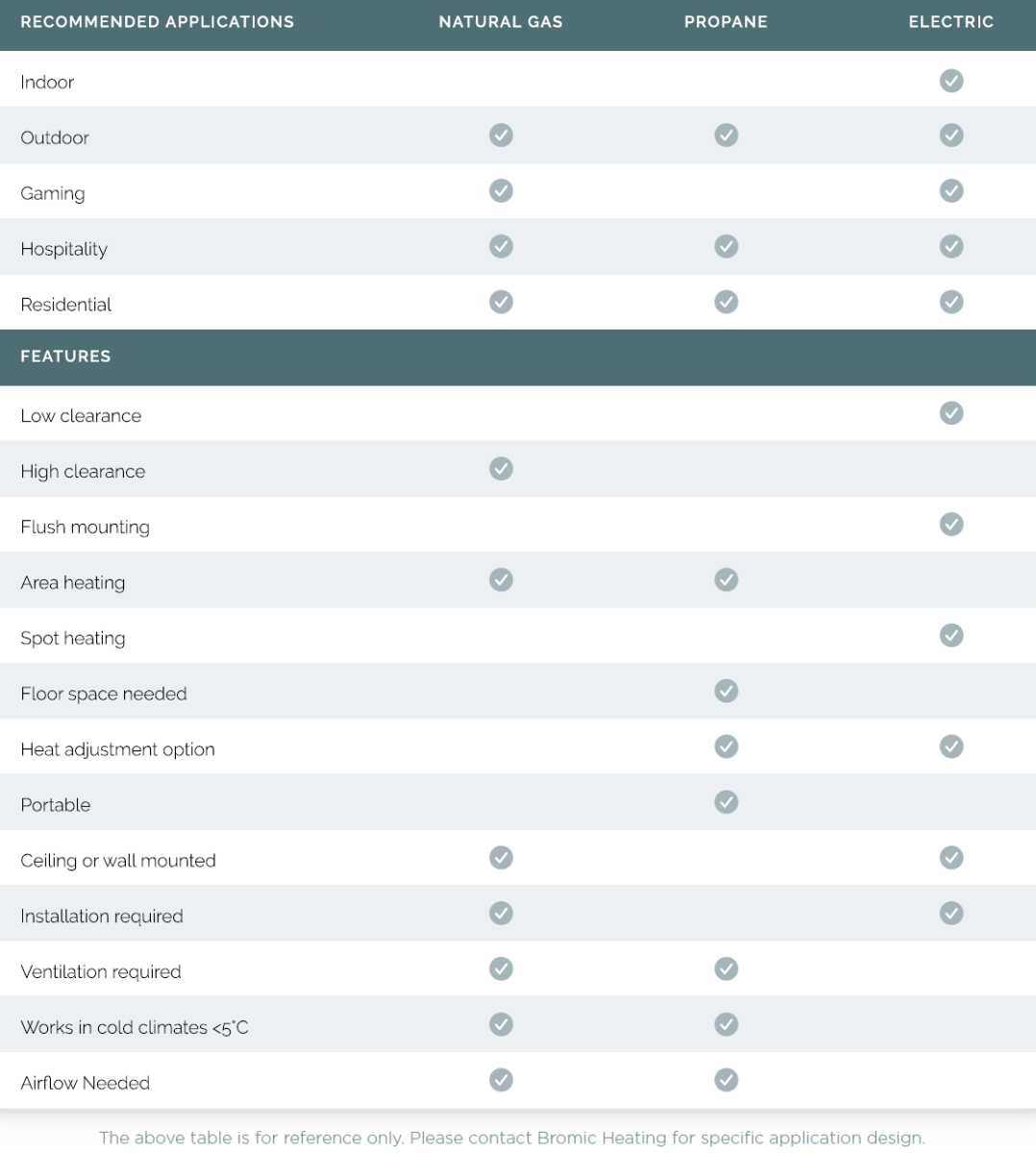
See our range of Bromic Electric & Gas Heating and get ready your outdoor dining areas ready for winter.
Content supplied from the Bromic Official Outdoor Heating Planning Guide.





